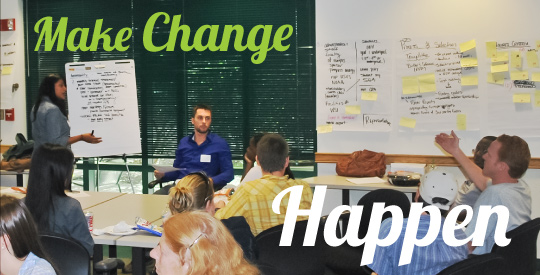
USF St. Petersburg Campus Faculty Publications
Case studies in inclusion: What works, what doesn't.
Document Type
Article
Publication Date
2000
Abstract
Over the last decade, the nature of special education services has become more inclusive. Four tenets are at the core of this inclusion movement: (a) the inclusive classroom setting is an integrated setting in which all children learn together, (b) the inclusive classroom setting does not unduly label or identify students as special needs learners, (c) the inclusive classroom maximizes educational benefit, and (d) the inclusive classroom minimizes the need for a separate curriculum. This article presents two real-life case studies that illustrate how inclusion can be successfully or unsuccessfully implemented. Case Study 1 demonstrates the appropriate use of inclusion and teaching strategies to maximize learning. Case Study 2 is an example of how inclusion was purported to be implemented in an elementary school setting when, in fact, it represented a most restrictive educational environment. Informal and formal teaching strategies are presented, along with specific recommendations on making classrooms inclusive.
Language
en_US
Recommended Citation
Brice, A.E., & Miller, R.J. (2000). Case studies in inclusion: What works, what doesn't. Communication Disorders Quarterly, 21(4), 237-41.
Creative Commons License

This work is licensed under a Creative Commons Attribution-Noncommercial-No Derivative Works 4.0 License.


Comments
Abstract only. Full-text article is available through licensed access provided by the publisher. Published in Communication Disorders Quarterly, 21(4), 237-41, Summer 2000 doi:10.1177/152574010002100405. Members of the USF System may access the full-text of the article through the authenticated link provided.